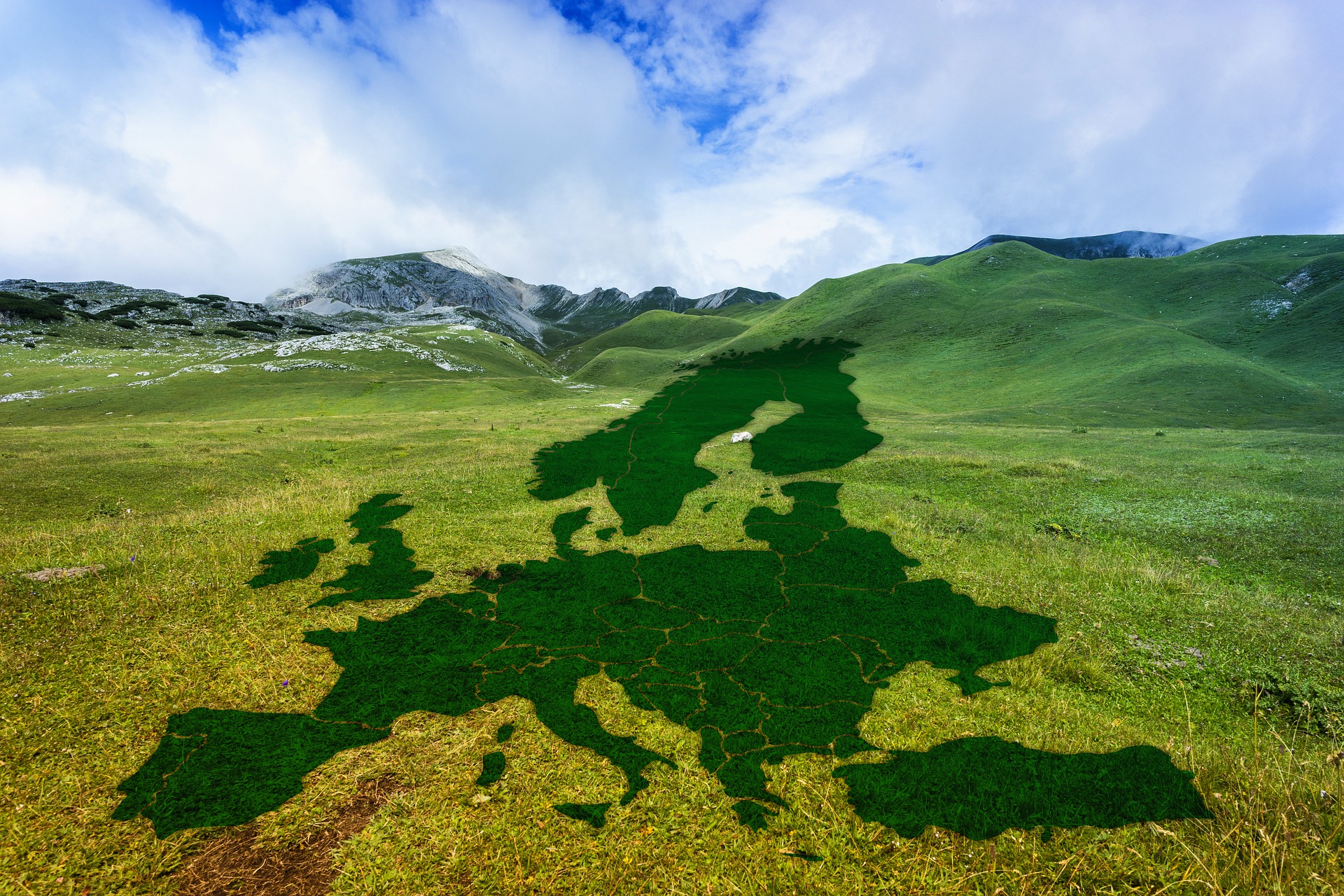According to a European Environment Agency (EEA) report, focusing on raw material extraction and processing, raw material consumers can use their purchasing power to influence suppliers to become more climate friendly. At European Union (EU) level, policy options such as including sourcing requirements in public procurement and provisions in trade agreements could help the EU cut emissions both within its territory and also contribute to global reductions.
The way we source and process raw materials for our economy matters for the environment, particularly when one looks at emissions of greenhouse gases. In the EU, non-energy and non-agricultural raw materials form a small part of all consumed natural resources. Nevertheless, their extraction and processing alone account for an estimated 18 % of the EU’s total consumption-based greenhouse gas emissions. According to the EEA report ‘Improving the climate impact of raw material sourcing’, better sourcing practices could potentially cut emissions by at least 10 %, and in many cases much more.
The EEA report assesses the potential to reduce greenhouse gas emissions from the extraction and processing of key raw materials consumed in Europe. The selected eight raw materials include copper, iron, gold, limestone and gypsum, bauxite and aluminium, timber, chemical and fertiliser minerals, and salt.
Examples of climate-friendly sourcing options include adopting a life cycle approach to allow better accounting and monitoring of climate-related impacts associated with raw material supply chains, promoting resource- and energy-efficient practices, promoting use of renewable energy sources during extraction and processing of raw materials, strengthening market demand for secondary raw materials and using international frameworks for increasing transparency and cooperation along the raw material supply chains.
According to the EEA report, end-users’ requirements for climate-friendly sourcing practices should also primarily focus on the raw material processing stage, which has greater potential for emission reductions than the extraction or trade stages. Encouraging the use of public procurement requirements and provisions in international trade agreements are among the ways to increase the effectiveness of climate-friendly sourcing measures globally, the report notes.











